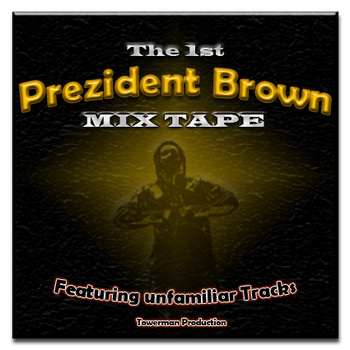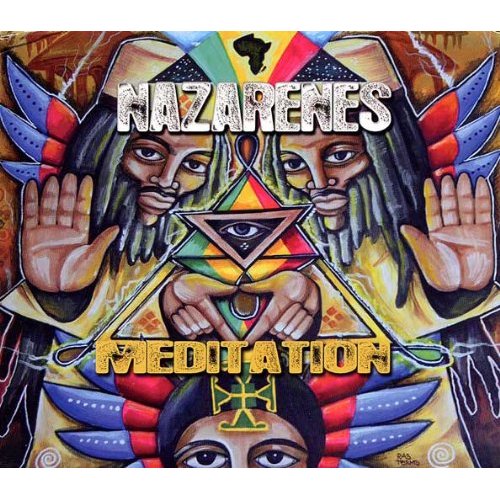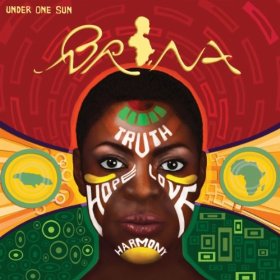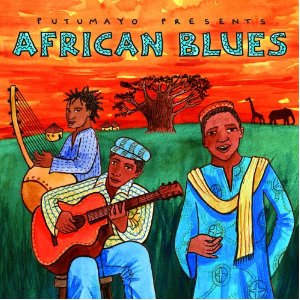Describing dub is deviously difficult, but its dedicated devotees are so darn demanding that daring to do the deed is definitely desirable, occasionally. Therefore we present five recent dub albums for your consideration, arranged roughly in order from the most obviously rootsy to the most highly exploratory. They each retain a strong grounding in reggae (which cant be said for all contemporary dub), so be assured that regardless of where they lie along the continuum, the music is strong and substantial.
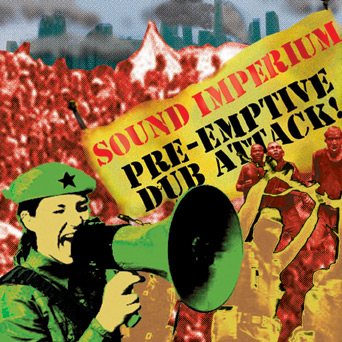 Sound Imperiums Pre-Emptive Dub Attack!, is nothing to flee from, despite the title. This particular attack deploys a variety of weapons, but its fire is friendly. Not only does it feature fully formed songs, it has lots of vocals too, both singer and deejay style. And above all, a great sense of humor was involved in propelling this wondrous mix of musical influences along its solid reggae groove. That wondrous mix includes wild Spanish vocalizing, rub-a-dub beats and ragga rhythms, contrasting textures, instrumental interplay, jazzy horn charts that date back to the Big Band era, and a Manu Chao feel in the effortless flow and merging of tracks. As for the dub element, its more an add-on than it is the centerpiece. The usual dub distortions arise here and there – quite often actually – with electronic swirls, deep down fuzziness and the like, but some of it is the sort of thing that was thought futuristic decades ago. All told, however, this album works marvelously. To quote from the final track, Shubba dim, shumba dim. Or in other words, fun.
Sound Imperiums Pre-Emptive Dub Attack!, is nothing to flee from, despite the title. This particular attack deploys a variety of weapons, but its fire is friendly. Not only does it feature fully formed songs, it has lots of vocals too, both singer and deejay style. And above all, a great sense of humor was involved in propelling this wondrous mix of musical influences along its solid reggae groove. That wondrous mix includes wild Spanish vocalizing, rub-a-dub beats and ragga rhythms, contrasting textures, instrumental interplay, jazzy horn charts that date back to the Big Band era, and a Manu Chao feel in the effortless flow and merging of tracks. As for the dub element, its more an add-on than it is the centerpiece. The usual dub distortions arise here and there – quite often actually – with electronic swirls, deep down fuzziness and the like, but some of it is the sort of thing that was thought futuristic decades ago. All told, however, this album works marvelously. To quote from the final track, Shubba dim, shumba dim. Or in other words, fun.
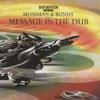
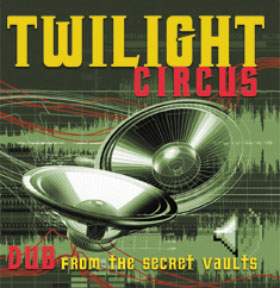 Ryan Moore, like Mossman and two of the three guys in Dub Trio, is from Canada, a broad and multi-ethnic country where Jamaican vibes are not exactly pervasive. But that didn’t stop him from developing a reggae sensibility so powerful that his recordings, under his nom de dub Twilight Circus, can rest comfortably on my alphabetically arranged CD shelf beside The Twinkle Brothers. Dub From The Secret Vaults, his latest, has only one brief vocal, an update from Big Youth of the famous “This iiiiiss The Upsetter intro. Then its directly into piano chords, high rattling percussion, swishes, whooshes, reverberations, heavy bashing and various indescribable sounds of uncertain origin – in short, modern dub reggae. Melody and harmony are therefore not what this is all about (although the modest tunes that do arise are certainly pleasant)but dont get the idea that the music lacks strong musical values or distinct approaches from one track to another. Way down in the mix under the surface wah-wah-wah of track 8, for example, is a stately Bach-like organ piece, yet by the next track the organ has taken the lead position in a funky Booker T mode, accompanied by a twangy guitar. On track 10 a vibraphone – no, must be a mbira – plays a short riff before being overtaken by call-and-response guitars. Another track has someone plucking a little ukulele tune. Most everything is saturated with deep bass and drums, of course, but its the continuous musical invention that intrigues and rewards.
Ryan Moore, like Mossman and two of the three guys in Dub Trio, is from Canada, a broad and multi-ethnic country where Jamaican vibes are not exactly pervasive. But that didn’t stop him from developing a reggae sensibility so powerful that his recordings, under his nom de dub Twilight Circus, can rest comfortably on my alphabetically arranged CD shelf beside The Twinkle Brothers. Dub From The Secret Vaults, his latest, has only one brief vocal, an update from Big Youth of the famous “This iiiiiss The Upsetter intro. Then its directly into piano chords, high rattling percussion, swishes, whooshes, reverberations, heavy bashing and various indescribable sounds of uncertain origin – in short, modern dub reggae. Melody and harmony are therefore not what this is all about (although the modest tunes that do arise are certainly pleasant)but dont get the idea that the music lacks strong musical values or distinct approaches from one track to another. Way down in the mix under the surface wah-wah-wah of track 8, for example, is a stately Bach-like organ piece, yet by the next track the organ has taken the lead position in a funky Booker T mode, accompanied by a twangy guitar. On track 10 a vibraphone – no, must be a mbira – plays a short riff before being overtaken by call-and-response guitars. Another track has someone plucking a little ukulele tune. Most everything is saturated with deep bass and drums, of course, but its the continuous musical invention that intrigues and rewards.
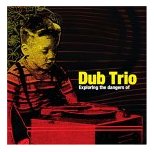 The human voice is pretty much absent from Exploring the dangers of, Dub Trios first album. There are real instruments, though, and the dub is performed live (a fact more meaningful in concert than on a recording, but impressive nonetheless). It all begins with a mere tempo snicked out on drum, which becomes a beat, to which multi-rhythms are added, then vamping guitar and a bass that has snuck in, and behold, we are into a deep groove with a nimble-fingered keyboard on top. So far its an instrumental album with dubbish leanings. Track 2 goes from slow organ meanderings into a quick drum pattern over heavy bass, then into a different yet compatible drum pattern, and as my head nods with still another rhythmic change, the action up front grows furious, and even the powerful slow swirls of sound that until now had been a calming force are starting to stir things up; its a veritable thunderstorm of sound by the end. Okay, Im convinced; this is in fact a dub album with instrumental leanings. And those three guys must have been the busiest folks on the planet when they recorded it.
The human voice is pretty much absent from Exploring the dangers of, Dub Trios first album. There are real instruments, though, and the dub is performed live (a fact more meaningful in concert than on a recording, but impressive nonetheless). It all begins with a mere tempo snicked out on drum, which becomes a beat, to which multi-rhythms are added, then vamping guitar and a bass that has snuck in, and behold, we are into a deep groove with a nimble-fingered keyboard on top. So far its an instrumental album with dubbish leanings. Track 2 goes from slow organ meanderings into a quick drum pattern over heavy bass, then into a different yet compatible drum pattern, and as my head nods with still another rhythmic change, the action up front grows furious, and even the powerful slow swirls of sound that until now had been a calming force are starting to stir things up; its a veritable thunderstorm of sound by the end. Okay, Im convinced; this is in fact a dub album with instrumental leanings. And those three guys must have been the busiest folks on the planet when they recorded it.
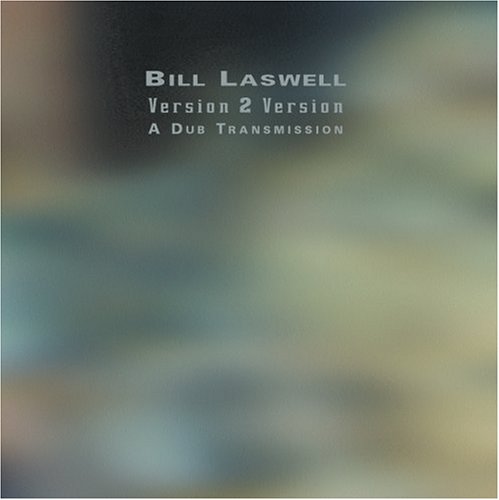 Bill Laswell’s Version 2 Version: A Dub Transmission is the most intellectually self-conscious of the five albums, and its no coincidence that Laswell is the artist most known to the way-beyond-reggae dub fans who wouldn’t know their Haile from their Selassie. But strong reggae rhythms are alive and well here, and if the music is a far cry from your basic three-minute rocksteady pop song, its also highly listenable. That’s partly because of the emphasis on dynamics, partly the contrasting colors and textures, and occasionally its simply recognizing the tangible stuff emerging from the electronica, such as Jah Wobbles almost ubiquitous bass and the human-induced percussion of Abdou Mboup and Karsh Kale. So, despite the lack of vocals, other foreground elements abound to make sure we pay attention. Some are loud and aggressive, but some are more subtle reminders of the musics roots for example, a barely-there melody within track 5, to which I find myself singing Look into the book of life and you will see/That he rules us all, yes indeed, its the tune from Satta Massagana. This particular dub transmission is the most accessible Laswell music Ive come across yet, and I enjoy it more with each listening.
Bill Laswell’s Version 2 Version: A Dub Transmission is the most intellectually self-conscious of the five albums, and its no coincidence that Laswell is the artist most known to the way-beyond-reggae dub fans who wouldn’t know their Haile from their Selassie. But strong reggae rhythms are alive and well here, and if the music is a far cry from your basic three-minute rocksteady pop song, its also highly listenable. That’s partly because of the emphasis on dynamics, partly the contrasting colors and textures, and occasionally its simply recognizing the tangible stuff emerging from the electronica, such as Jah Wobbles almost ubiquitous bass and the human-induced percussion of Abdou Mboup and Karsh Kale. So, despite the lack of vocals, other foreground elements abound to make sure we pay attention. Some are loud and aggressive, but some are more subtle reminders of the musics roots for example, a barely-there melody within track 5, to which I find myself singing Look into the book of life and you will see/That he rules us all, yes indeed, its the tune from Satta Massagana. This particular dub transmission is the most accessible Laswell music Ive come across yet, and I enjoy it more with each listening.
That’s five new incarnations of the contemporary art of dub. I get the distinct feeling that we are in an era of enormous creativity in the genre, and thanks to these excellent CDs, my expectations of further examples will be high. Given the prevalence of the word dub in the names and titles, I therefore look forward in coming months to such wonderful new releases as Dubization from Dublonski; Dubitude from Dabbadub and Dubophilia from The Dubble Telescope. If they’re half as good as these five, they’ll be worth my time. And yours.
Sound Imperium: Pre-Emptive Dub Attack!, Near and Far Records, www.soundimperium.com
Mossman & Bunny: Message in the Dub, Dispensation Records, www.dublounge.net
Twilight Circus: Dub from the Secret Vaults, ROIR, www.twilightcircus.com
Dub Trio: Exploring the Dangers of, ROIR, www.dubtrio.com
Bill Laswell: Version 2 Version: A Dub Transmission, ROIR

